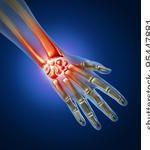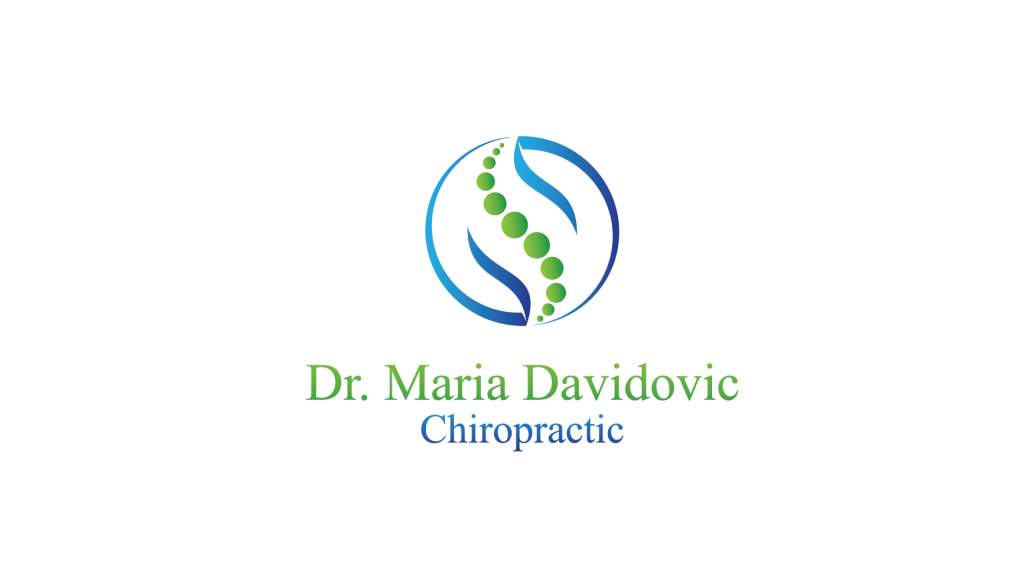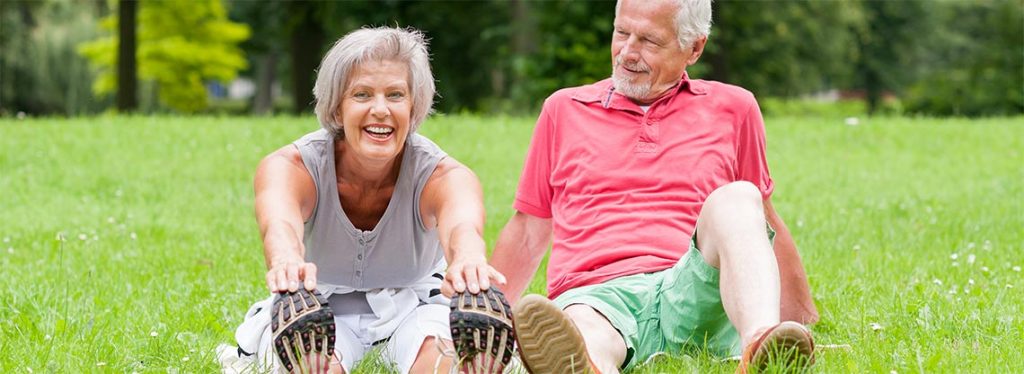Call today: 416-906-0767
Motor Vehicle Accident
Have you been in a Motor Vehicle Accident (MVA) as a driver, passenger, cyclist or pedestrian? You are automatically approved under the minor injury guideline for 12 weeks of chiropractic care. Don’t stress out about the process as I will assist you with documents. After you have spoken to your insurance company, let them know you will be seeking an assessment. They will issue you a claim number. You do not need to see one of the insurance companies turn-style high volume/busy clinic affiliates for physical treatment. Don’t wait to book your appointment with me, a trusted practitioner who offers comprehensive assessments and quality hands-on chiropractic care, soft tissues/muscle treatments, electro-therapy when warranted, rehabilitation and taping techniques. I offer a boutique style zen clinic space that is therapeutic and goal oriented to get you back up and running. Come to a trusted, safe space to assist you in your recovery.
Please email dr.mdavidovic@gmail.com or call 416-906-0767
Conveniently located at Yonge and Summerhill near transit and street parking all around.
Custom Orthotics
Having arch pain? Heel pain? Get your feet assessed to see how orthotics can help give you the support you need. Along with your chiropractic care, custom orthotics are effective devices to help with ankle proprioception and provides support for all three arches of the feet! Email or call to arrange your custom orthotics appointment. New patients are required to first book an initial assessment. The orthotics appointment includes the biomechanical assessment, gait analysis, and 3D foot scan by Footlevelers scanner. All documents are provided upon dispensing the orthotics for insurance purposes.
email: dr.mdavidovic@gmail.com
416-906-0767
Have you been in a car accident? Compassionate care is available here!
Have you been hurt in a car as a driver, passenger or as a cyclist or pedestrian? You are automatically eligible for 12 weeks of care under the Minor Injury Guideline. As a licensed provider, I can directly bill on your behalf to make the process smoother.
If you have a minor to major injury and are looking for an assessment to begin your claim, look no further. As a primary care provider, you may come to a chiropractor to start your treatment under the Minor Injury Guideline. After a car accident, please notify your insurance company so they can provide you with a claim number/file. If you have waited a while and are now noticing pain and require care, I can assist you with any forms you have received from your car insurance company. I am here to assist you in your healing and to make this process less stressful for you as the bundle of forms can seem overwhelming. Come to a trusted provider who will provide a safe and caring environment.
Benefits to coming to an independent chiropractor vs. rehab chain:
I offer quality care with ample treatment time in a beautiful, zen clinic space
I explain all diagnoses, treatment plans and recovery times with you
I offer a closed concept office space (compared to open concept health care settings seen in bigger chain rehab clinics where everyone is exercising together or overhearing each others conditions or treatments. I value your privacy and will do my best to ensure you are comfortable and feel secure
Dr. Maria Davidovic Chiropractic
1246 Yonge St. Suite 303
Toronto, ON M4T 1W5
dr.mdavidovic@gmail.com
416-906-0767
Been in a motor vehicle accident? Have Whiplash?
 Have you been in a motor vehicle accident as a driver, passenger, cyclist or pedestrian?
Have you been in a motor vehicle accident as a driver, passenger, cyclist or pedestrian?
Even if you haven’t felt immediate pain after a car accident, you may start to feel pain 24hours or even weeks post collision. Whiplash can present itself with minor, moderate or severe symptoms. It is very important to report the accident and seek appropriate care. If you have been in a car accident, you are automatically eligible for coverage under the Ministry of Injury Guidelines. Book your initial examination to ensure you recover and continue to lead your pre-accident life in a healthy state. I offer a caring environment with evidence based care and rehabilitation to assist in recovery.
Involved in a motor vehicle collision? call or email today to get the help you need and deserve.
call 416-906-0767 or email dr.mdavidovic@gmail.com to book your assessment now. Visit www.drmdchiropractic.com
Dr. Maria Davidovic Chiropractic
1246 Yonge St. Suite 303
Toronto, ON M4T 1W5
416-906-0767
dr.mdavidovic@gmail.com
Carpal Tunnel Syndrome (CTS): what is it and how effective are non-surgical treatments?
 What is CTS? CTS is a repetitive strain disorder caused by compression of the median nerve as it travels through the carpal tunnel. It is the most commonly compressed nerve in the upper limb. Office workers, manual works are predisposed to repetitive strain wrist injuries due to the nature of computer work and repetitive wrist movements. Symptoms of CTS are pain, paraesthesia, and numbness in the fingers and hand, specifically the palmar aspect of the thumb, index and middle fingers, and radial half of the ring finger (aka the part of the ring finger closest to the middle finger.) Often, symptoms of CTS worsen at night. People often hear about cortisone injections providing instant relief and don’t hear much about all the other treatment interventions available under the conservative treatment section. In a research review, there is strong and moderate evidence for the effectiveness of corticosteroids (oral and injected) providing the most benefit, however, it’s still unclear in research as to how, but there appears to be an anti-inflammatory/neovascular role at play.
What is CTS? CTS is a repetitive strain disorder caused by compression of the median nerve as it travels through the carpal tunnel. It is the most commonly compressed nerve in the upper limb. Office workers, manual works are predisposed to repetitive strain wrist injuries due to the nature of computer work and repetitive wrist movements. Symptoms of CTS are pain, paraesthesia, and numbness in the fingers and hand, specifically the palmar aspect of the thumb, index and middle fingers, and radial half of the ring finger (aka the part of the ring finger closest to the middle finger.) Often, symptoms of CTS worsen at night. People often hear about cortisone injections providing instant relief and don’t hear much about all the other treatment interventions available under the conservative treatment section. In a research review, there is strong and moderate evidence for the effectiveness of corticosteroids (oral and injected) providing the most benefit, however, it’s still unclear in research as to how, but there appears to be an anti-inflammatory/neovascular role at play.
There weren’t any positive long term results with steroid use, only short term. Some serious and common side effects for steroid injections are osteonecrosis (the spontaneous break down of bone) and tendon rupture! A safe and effective intervention found in the research review was splinting, particularly night time splinting was found to be more beneficial than wearing a splint on a continuous basis. There is supporting evidence that targeted massage therapy is more effective than general massage for CTS. There isn’t any conclusive long term evidence for any treatment approach so far. Ergonomic keyboards were found to be moderately beneficial in reducing pain and improving hand function (for short term results only) when compared to a standard keyboard.
Surgical intervention outcomes:
According to surgical intervention, patients with severe carpal tunnel syndrome or whose symptoms have not improved after four to six months of conservative treatment (like after seeing a chiropractor) should be offered surgical decompression. Endoscopic and open techniques are equally effective, but patients return to work an average of one week earlier with endoscopic repair (the less invasive surgery). Surgery may provide improvements in some but doesn’t guarantee full recovery and CTS may reoccur. A good diagnosis and ultrasound/nerve conduction tests to rule out anything else is important.
In my clinical practice, I’ve had positive long-term patient outcomes thus far with the following combined treatment interventions for the upper limb: targeted Graston technique®, targeted active and passive muscle release technique, not just for the wrist, but along the median nerve path in the upper limb and neck, electro-acupuncture, mobilizing/adjusting the cervicothoracic spine, kinesiotaping and nerve glides/specific stretches and active at home exercises. There may be neck or upper limb involvement like a “double-crush” of the median nerve so examining these areas are integral. I found the combination of treatment to be highly effective in my practice, granted as the research review states, it’s important to have a good diagnosis and if the pain persists, I always recommend patients to speak to their general practitioners about ordering blood work to rule out any diseases that may be causing inflammation; to request an ultrasound and to be referred to a neurologist for nerve conduction tests to rule out anything else that may be contributing to the condition. Wearing a wrist brace may keep CTS from worsening and help decrease symptoms by keeping your wrist in a neutral position, but it won’t help much to decrease tension and any restriction in the wrist and arm area. The tension and restriction in the wrist joints and other areas may be contributing to the pain, numbness and weakness. A course of treatment along with patient education would be my first recommendation.
If you’d like to arrange a chiropractic appointment, email dr.mdavidovic@gmail.com or call
416-906-0767
Reference: Huisstede BM et al. Carpal Tunnel Syndrome. Part I Effectiveness of Nonsurgical Treatments – A Systematic Review. Department of General Practice and Rehabilitation Medicine, Erasmus Medical Center, Rotterdam, The Netherlands. Archives of Physical Medicine & Rehabilitation 2010; 91: 981-1004.
What to expect after a chiropractic adjustment
 Do you have chronic pain or stiff joints? Sit in front of the computer all day? Or sit behind the wheel for hours on end? Chiropractors are highly trained in spinal and extremity manipulation, otherwise known as the adjustment. An adjustment involves applying a specific force in a precise direction to a joint that is not moving properly or is “locked-up”. The adjustment loosens the joint to restore proper movement to the spine, joints and supporting structures of the body to assist in faster recovery. When a joint is adjusted, a gas bubble is released causing a “popping” or “cracking” sound or sometimes no sound. The sound is a natural change in the internal pressure of the joint. Your chiropractor will review minor and major risk factors regarding treatment in the informed consent part after your assessment. Treatment is always within the patients comfort.
Do you have chronic pain or stiff joints? Sit in front of the computer all day? Or sit behind the wheel for hours on end? Chiropractors are highly trained in spinal and extremity manipulation, otherwise known as the adjustment. An adjustment involves applying a specific force in a precise direction to a joint that is not moving properly or is “locked-up”. The adjustment loosens the joint to restore proper movement to the spine, joints and supporting structures of the body to assist in faster recovery. When a joint is adjusted, a gas bubble is released causing a “popping” or “cracking” sound or sometimes no sound. The sound is a natural change in the internal pressure of the joint. Your chiropractor will review minor and major risk factors regarding treatment in the informed consent part after your assessment. Treatment is always within the patients comfort.
So you have an adjustment. What happens next, you’re wondering?
After an adjustment, you may feel less pain and more mobile and sometimes within the first 24 hours or so, you may feel sore or achy, similarly, to when you work out and feel great but later may feel sore, especially after doing a new workout or if you worked out harder than usual. Your body will feel better after a few treatments just like how you get used to a regular exercise routine. You don’t really feel the same level of soreness you first did, right? So, if you do ever go for a chiropractic treatment and have an adjustment, and feel sore and achy after, make sure to do some gentle stretching and apply ice using the 10-10-10 principle (10 mins on, 10 mins off, 10 mins on) and always follow-up with your chiropractor who’s aim is to keep your spine healthy by keeping it aligned.
If you’d like to arrange an appointment, email dr.mdavidovic@gmail.com or call 416-906-0767
Do I need to see the chiropractor FOREVER?
 When someone asks me that question, I usually ask them this: “Do you NEED to go see the massage therapist forever? Or how about your optometrist or dentist? Or your GP?” Just like how it would be wise to get a physical as prescribed, get your teeth and eyes checked, it’s important to seek treatment for tension and pain because our bodies often exhibit early warning signs of illness, that if not addressed, may lead to serious complications down the road. We often think we don’t need to see anyone on an ongoing basis unless we’re sick or have had an injury, but it’s very likely the injury you are seeking treatment for is a repetitive strain injury that could have been offset with less treatments earlier on if addressed once the tension first formed.
When someone asks me that question, I usually ask them this: “Do you NEED to go see the massage therapist forever? Or how about your optometrist or dentist? Or your GP?” Just like how it would be wise to get a physical as prescribed, get your teeth and eyes checked, it’s important to seek treatment for tension and pain because our bodies often exhibit early warning signs of illness, that if not addressed, may lead to serious complications down the road. We often think we don’t need to see anyone on an ongoing basis unless we’re sick or have had an injury, but it’s very likely the injury you are seeking treatment for is a repetitive strain injury that could have been offset with less treatments earlier on if addressed once the tension first formed.
Wellness or Maintenance Care
Sure, most people return for treatment because they like how they feel after and can tell when they feel sore and achy and need chiropractic care. That’s a good state of awareness to be in, unlike the counterpart of being unaware and forming more tension and stiffness to the point of chronic pain. Chronic pain puts a damper on your activities of daily living as you age. I make recommendations for patients to come in for check-ups in a reasonable fashion, to help education, and offset the reoccurrence of pain. If we can offset joint stiffness and arthritis via chiropractic care, exercise, dietary changes and stress management, then we attempt to be in our optimal state. Degenerative changes may still occur, but the idea is prevention of conditions that can increase the frequency and duration of pain.
The choice is yours!
If you’d like to arrange an appointment, email dr.mdavidovic@gmail.com or call 416-906-0767
Chiropractic care and therapeutic exercise – why do them together?
Have you been injured? Is the healing process taking too long? Take a good look at what your active care is made up of. First off, are you active? And, in which ways? It could be your “core” strengthening exercises are actually NOT spine-friendly, and are potentially setting you up for re-injury.
Spine-friendly therapeutic exercise
I always suggest a quick review of what exercises someone is doing on the regular. Possibly tweaking a few of the exercises if they aren’t joint-friendly. The goal is to build the endurance of the core muscles in a way that won’t lead to re-injury. Chiropractic treatment, like the adjustment, is considered “passive care.” Passive care is when you are resting on a treatment table while you are treated. “Active care” is when exercise, such as strength training, is incorporated into the treatment.
Information on how to prevent injuries is provided to help decrease future painful accidents. The passive care is used to help re-align your spine so it’s in optimal condition.
Education on injury prevention strategies may assist in faster recovery. Therapeutic exercise combined with chiropractic care may decrease the occurrence of future episodes and improve your quality of life.
If you’d like to arrange an appointment, email dr.mdavidovic@gmail.com or call 416-906-0767
Seniors and chiropractic care
Why chiropractic care is important for the aging population
Chiropractic care is important for the aging population because it helps keep the body functioning optimally. Health and mobility are very important to the aging population. Continue reading to find out why 🙂 Loosing your balance can decrease the quality of your life. How so, you ask? Well, slips and falls can lead to serious complications like wrist or hip fracture. Do you recall how it feels to have a joint limitation after a sprain or strain? Imagine how that would feel as a senior citizen. And, imagine how limited you would become with your activities of daily living. Being limited or inactive poses many other side effects like muscle atrophy over time, or social isolation with seniors when they become house bound. Becoming hospitalized after a fracture may pose some serious adverse effects like life-threatening pneumonia. These are all good reasons why keeping mobile and staying active and healthy can prevent something from occurring. Things happen and we all experience injuries but if someone asked you if you could avoid an accident, would you? The answer would be yes. So take the necessary measures to do that starting now.
Chiropractic care focuses on treating neuromusculoskeletal system imbalances, which means addressing areas of weakness to improve strength, proprioception and balance. Chiropractic care may also decrease pain and the frequency of reoccurring pain by addressing spine or extremity limitations with gentle mobilizations/manipulations and muscle release techniques like Graston technique®(see my newsletter regarding this technique).
Rehabilitation and patient education about how to avoid slips and falls
The use of patient education on ways to prevent falls within the home, reassurance, and exercise prescription are very beneficial. Special considerations are made for patients with osteopenia (bone density lower than normal) or osteoporosis in terms of gentle spine and extremity work. Movement is key as weight-bearing activities stimulate osteoblasts (bone-building cells) like resistance training (weight lifting), jumping, jogging/walking depending on a person’s ability. Exercise prescription is made with a gradual progression and dependent on the person’s overall health status. If someone has existing cardiovascular conditions, or other medical conditions, these are taken into account to ensure a safe plan of action is made for any new therapeutic exercise prescription.
Here’s one general household tip and one balance training tip to help with avoiding unnecessary slips and falls. Do not have loose rugs around the house as they slide easily and can cause an accident. Improve your balance by doing a single-leg stand beside the wall or have a chair that you can easily hold on to. Try to keep your balance first with eyes open and then try with eyes closed for up to 30secs to 1min. Gradually open the eyes if you feel too unsteady. You can improve your balance and proprioception doing this simple exercise.
If you’d like to arrange an initial chiropractic appointment, email dr.mdavidovic@gmail.com
or call 416-906-0767


